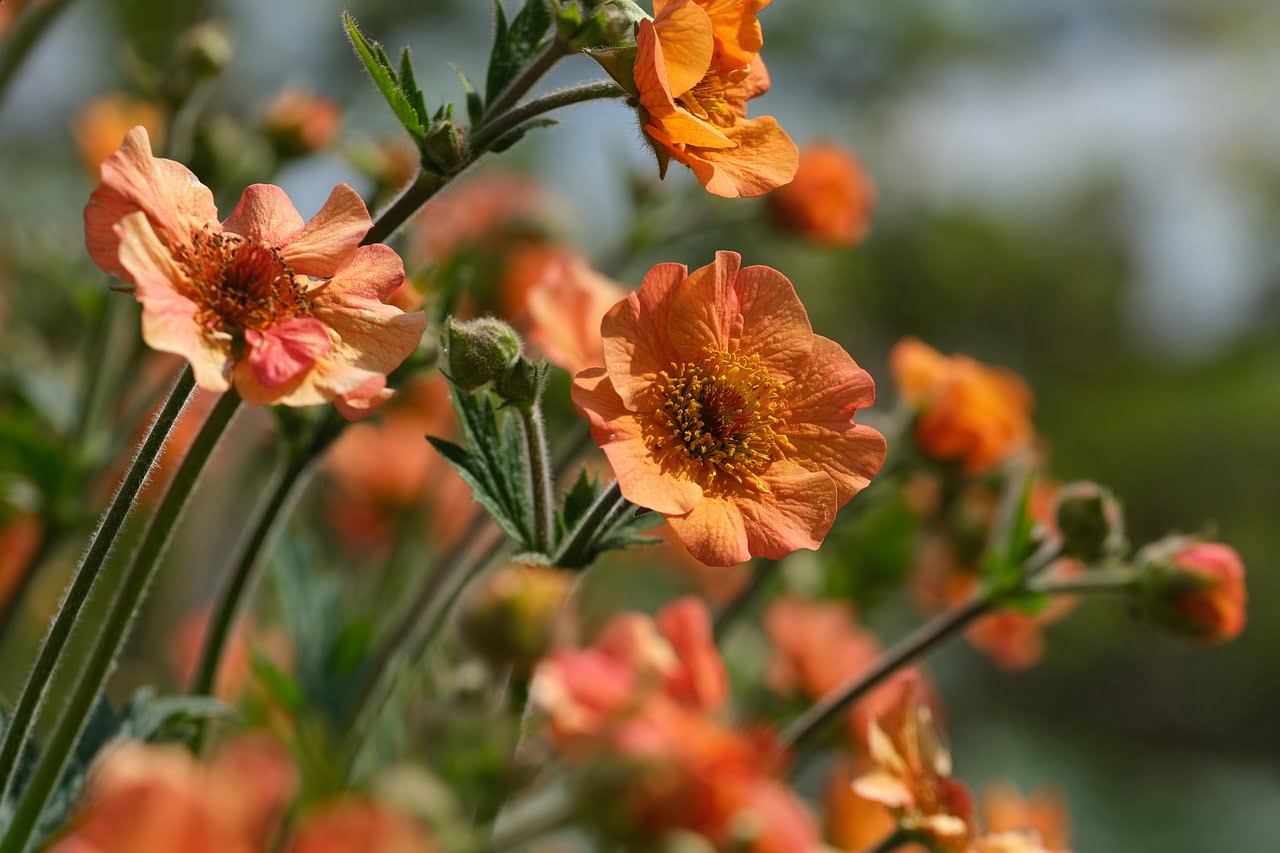
Geum and Planting: A Comprehensive Guide
If you’re a gardening enthusiast or just looking to enhance the beauty of your outdoor space, you might have come across the delightful plant called Geum. Geum is a genus of flowering plants that belong to the Rosaceae family, and they are commonly known as Avens. These vibrant and versatile perennials are popular among gardeners for their attractive blooms and ease of cultivation. In this article, we will explore everything you need to know about Geum and how to plant them successfully to create a stunning garden display.
Table of Contents
- Introduction to Geum
- Choosing the Right Geum Variety
- Ideal Growing Conditions
- Preparing the Soil
- Planting Geum from Seeds
- Planting Geum from Transplants
- Watering and Moisture Requirements
- Fertilizing Geum
- Pruning and Deadheading
- Pest and Disease Management
- Companion Planting with Geum
- Geum in Container Gardens
- Overwintering Geum
- Geum Propagation Techniques
- Geum FAQs
Now, let’s dive into the world of Geum and uncover the secrets to successful planting and care.
1. Introduction to Geum
Geum, commonly known as Avens, is a genus of flowering plants that includes around 50 species. These plants are native to Asia, North and South America, and Europe. Geum is known for its striking, five-petaled flowers that come in a wide range of colors, including shades of red, orange, yellow, and white. These blooms attract pollinators, making them a valuable addition to any garden.
2. Choosing the Right Geum Variety
Before you start planting Geum in your garden, it’s essential to select the right variety. Some popular Geum species and cultivars include:
- Geum chiloense: This variety produces vibrant red flowers and is commonly known as Chilean Avens.
- Geum rivale: Also called Water Avens, it thrives in moist conditions and has nodding, bell-shaped flowers.
- Geum ‘Totally Tangerine’: A popular cultivar known for its stunning orange blooms.
3. Ideal Growing Conditions
Geum thrives in well-drained soil and prefers full sun to partial shade. It’s essential to choose a location that receives at least 6 hours of sunlight per day for optimal growth and flowering.
4. Preparing the Soil
Before planting Geum, prepare the soil by incorporating organic matter, such as compost or well-rotted manure. This enhances soil fertility and drainage, providing a perfect environment for Geum to flourish.
5. Planting Geum from Seeds
If you’re starting from seeds, sow them in late winter or early spring indoors. Transplant the seedlings outdoors after the last frost date. Make sure to space them about 12-18 inches apart to allow for proper growth.
6. Planting Geum from Transplants
You can also plant Geum using transplants from your local nursery. Dig a hole slightly larger than the root ball, place the plant at the same depth it was in the pot, and water thoroughly.
7. Watering and Moisture Requirements
Geum prefers consistent moisture, especially during the growing season. Water deeply and regularly to keep the soil evenly moist. Mulching around the plants helps retain moisture and suppress weeds.
8. Fertilizing Geum
Feed your Geum plants with a balanced, slow-release fertilizer in early spring. This provides the necessary nutrients for robust growth and abundant flowering.
9. Pruning and Deadheading
To encourage continuous blooming, deadhead spent flowers regularly. In late fall or early spring, cut back the foliage to about 2 inches from the ground to promote fresh growth.
10. Pest and Disease Management
Geum is relatively resistant to pests and diseases. However, keep an eye out for aphids and slugs. Use organic pest control methods if necessary.
11. Companion Planting with Geum
Geum pairs beautifully with other perennials like Salvia, Coreopsis, and Geraniums. Consider companion planting to create stunning color combinations in your garden.
12. Geum in Container Gardens
If you have limited space or want to add color to your patio or balcony, Geum can thrive in containers. Choose a large pot with good drainage and use a high-quality potting mix.
13. Overwintering Geum
In colder climates, apply a layer of mulch to protect Geum plants during winter. This helps prevent frost damage and ensures they return vigorously in the spring.
14. Geum Propagation Techniques
You can propagate Geum through division or by collecting seeds. Divide mature plants in the spring, and collect seeds from spent flowers for future planting.
15. Geum FAQs
Q1: How often should I water my Geum plants?
A1: Geum plants prefer consistent moisture, so water them deeply whenever the soil begins to dry out.
Q2: Can I grow Geum in containers on a sunny balcony?
A2: Yes, Geum can thrive in containers, provided they receive sufficient sunlight and well-drained soil.
Q3: When is the best time to fertilize Geum?
A3: Fertilize Geum in early spring with a balanced, slow-release fertilizer.
Q4: Do Geum plants attract pollinators?
A4: Yes, Geum’s vibrant blooms attract bees and butterflies, making them valuable pollinator-friendly plants.
Q5: Can I plant different Geum varieties together in the same garden bed?
A5: Yes, you can mix different Geum varieties to create a colorful and diverse garden display.
In conclusion, Geum, with its vibrant flowers and ease of care, can be a fantastic addition to your garden. By following the guidelines in this article, you can enjoy the beauty of Geum while enhancing the overall appeal of your outdoor space.